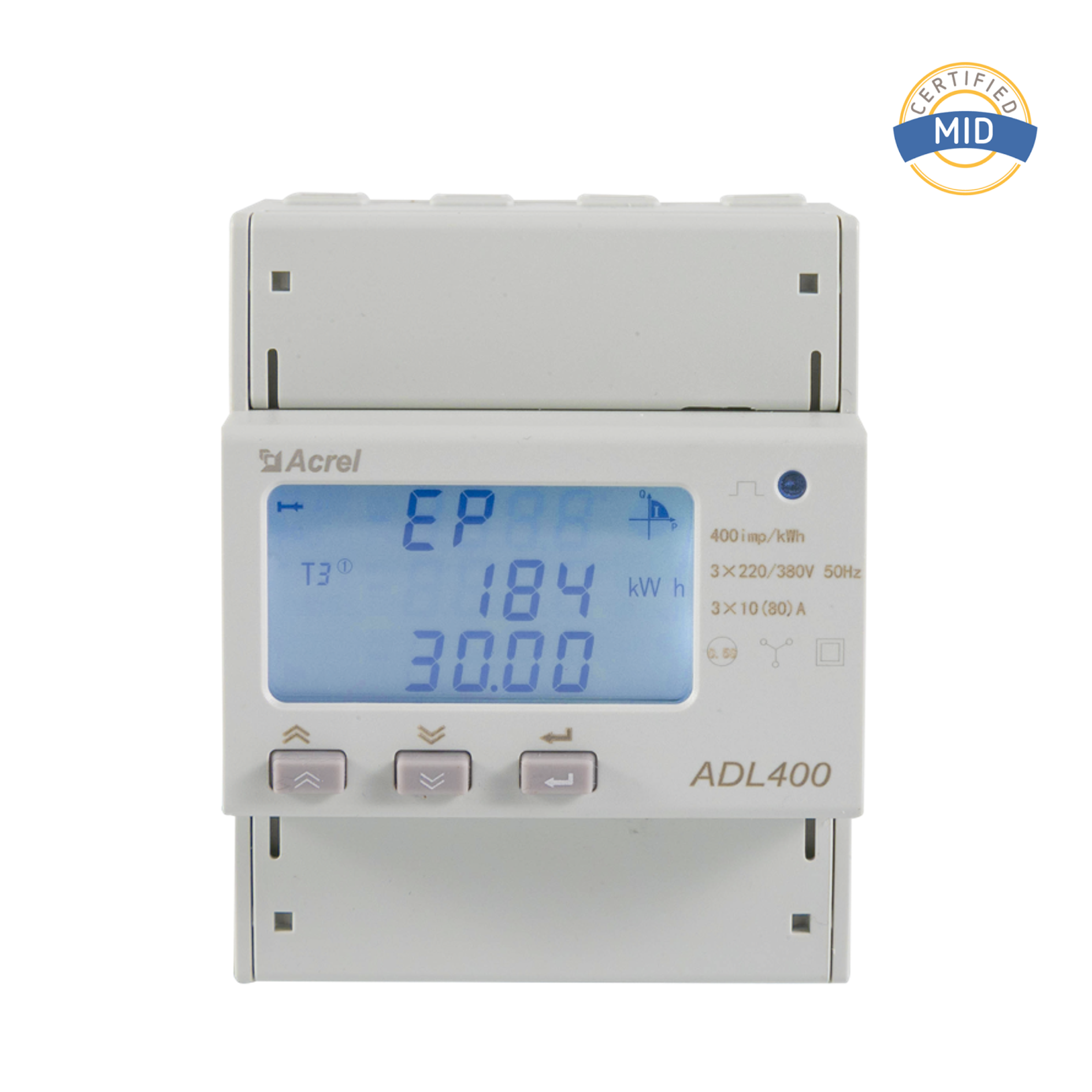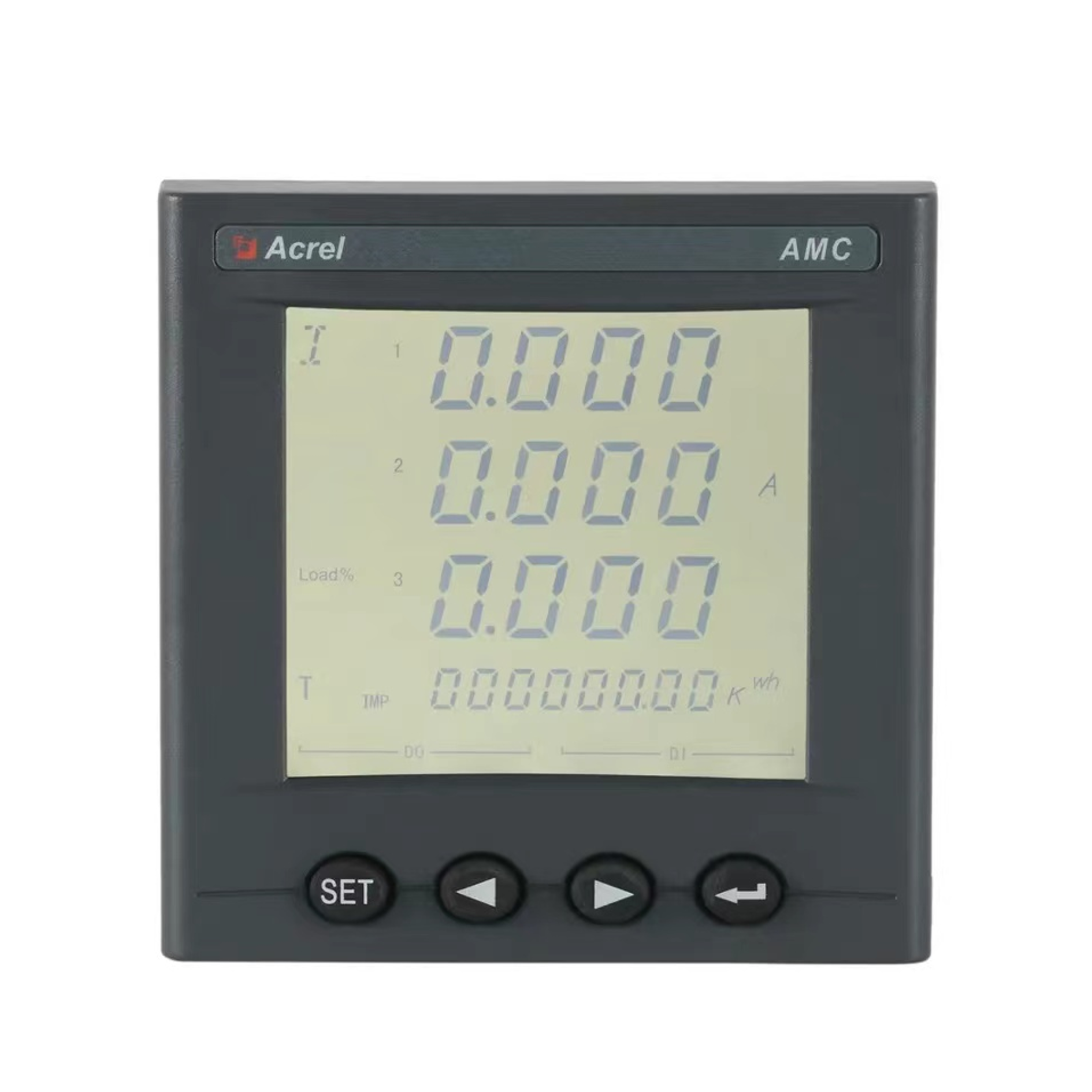How do digital power analysers measure power in variable frequency drives (VFDs)?
Variable frequency drives (VFDs) are widely used in industrial and commercial applications to control the speed of electric motors, optimize energy consumption, and improve system efficiency. Accurate measurement of power in systems utilizing VFDs is critical for energy monitoring, predictive maintenance, and performance optimization. Digital power analysers play a pivotal role in capturing precise electrical parameters in such environments.
Understanding the Basics of Digital Power Analysers
Digital power analysers are specialized instruments designed to monitor and measure electrical parameters such as voltage, current, power factor, energy consumption, and harmonics. Unlike traditional analog meters, digital power analysers provide high-resolution readings, data logging capabilities, and advanced analysis functions.
The fundamental advantage of using digital power analysers in VFD systems is their ability to accurately capture the dynamic electrical characteristics produced by variable frequency operation. Since VFDs adjust the motor’s speed by modifying the supply frequency and voltage, they introduce non-linear loads, harmonics, and transient phenomena. Digital power analysers are equipped to handle these complexities and provide reliable measurements.

How VFDs Affect Power Measurement
VFDs operate by converting the fixed-frequency AC supply into a variable-frequency AC output using power electronic devices such as inverters. This process results in non-sinusoidal waveforms, switching harmonics, and rapidly changing voltage and current levels. Traditional measurement instruments often fail to capture these characteristics accurately due to their reliance on RMS approximations and linear assumptions.
Digital power analysers overcome these challenges by employing high-speed sampling, digital signal processing, and specialized algorithms that can measure real-time voltage and current waveforms. This allows them to provide accurate readings of active power, reactive power, apparent power, and power factor even in the presence of harmonics and waveform distortions.
Key Measurement Capabilities in VFD Systems
Accurate Real and Reactive Power Measurement
In VFD applications, active power (the actual energy consumed by the load) and reactive power (energy temporarily stored and released by inductive and capacitive elements) fluctuate depending on motor speed and load conditions. Digital power analysers measure these parameters continuously, allowing operators to monitor energy consumption and system efficiency. Accurate measurement of reactive power is essential in identifying power factor issues and implementing corrective measures.
Harmonics and Distortion Analysis
Harmonics generated by VFDs can affect motor performance, lead to overheating, and create losses in electrical systems. Modern digital power analysers are capable of capturing harmonic content up to high orders, providing detailed insights into total harmonic distortion (THD) for both current and voltage. This information is crucial for energy audits, preventive maintenance, and compliance with industrial standards.
Power Factor Monitoring
VFD operation often causes fluctuations in the power factor, which can result in penalties from energy providers in certain industries. Digital power analysers continuously monitor power factor across all phases and frequencies, allowing engineers to optimize system design and implement corrective solutions such as reactive power compensation.
Voltage and Current Waveform Visualization
One of the unique features of digital power analysers is their ability to display voltage and current waveforms in real-time. In VFD systems, waveform analysis is critical for identifying switching transients, voltage sags, and overvoltage conditions that could impact motor life. Engineers can use this data to adjust drive parameters, prevent equipment damage, and optimize energy consumption.
Integration with Energy Management Systems
Digital power analysers are often integrated with energy management systems (EMS) and supervisory control and data acquisition (SCADA) networks. This integration allows continuous monitoring of VFD-driven motors and provides a centralized view of energy consumption, power quality, and operational efficiency. Real-time data from digital power analysers enables informed decision-making for energy optimization and predictive maintenance.
Data Logging and Reporting
Data logging is a critical feature for industrial operators using VFDs. Digital power analysers can store large volumes of measurement data over extended periods, enabling trend analysis and historical comparisons. Reports generated from this data can identify recurring issues, monitor equipment degradation, and provide evidence for energy savings initiatives.
Communication Interfaces
To support integration with industrial automation systems, digital power analysers provide multiple communication interfaces such as Ethernet, Modbus, and other standard protocols. This ensures seamless data transfer, remote monitoring, and compatibility with existing industrial networks.
Applications in Industrial and Commercial Environments
Digital power analysers are used across a variety of industries where VFDs are prevalent, including manufacturing plants, HVAC systems, water treatment facilities, and renewable energy installations. Key applications include:
- Energy Efficiency Analysis: Monitoring the energy consumed by VFD-driven motors to optimize operational schedules and reduce electricity costs.
- Predictive Maintenance: Identifying unusual electrical patterns, harmonic spikes, or load imbalances that indicate motor or drive issues before failure occurs.
- Power Quality Compliance: Ensuring that industrial systems meet regulatory standards for harmonic distortion, voltage stability, and overall power quality.
- System Optimization: Evaluating the impact of VFD adjustments on motor performance, energy consumption, and overall system reliability.
Advantages of Using Digital Power Analysers in VFD Systems
Using digital power analysers in VFD environments offers several advantages:
- High Accuracy: Unlike traditional meters, digital analysers provide precise readings in non-linear and transient conditions.
- Comprehensive Measurement: They measure active, reactive, and apparent power, along with harmonics and power factor.
- Real-Time Monitoring: Continuous monitoring allows immediate detection of anomalies.
- Data Logging Capabilities: Historical data aids in analysis, maintenance, and compliance reporting.
- Integration with Automation Systems: Supports energy management, SCADA, and remote monitoring.
These advantages make digital power analysers indispensable tools for engineers, energy managers, and industrial operators seeking to optimize VFD-driven systems.
Considerations When Selecting Digital Power Analysers for VFDs
When purchasing digital power analysers for VFD applications, several factors must be considered:
| Factor | Importance in VFD Measurement |
|---|---|
| Accuracy Class | Ensures precise readings even under non-linear loads |
| Sampling Rate | Higher sampling rates capture transient waveforms accurately |
| Harmonics Measurement | Critical for identifying THD and mitigating effects on motors |
| Communication Interfaces | Facilitates integration with EMS and SCADA |
| Data Logging | Provides historical insights for analysis and maintenance |
| Voltage & Current Range | Must accommodate motor and drive specifications |
| Display & Visualization | Essential for real-time waveform monitoring |
By carefully evaluating these criteria, operators can select a digital power analyser that provides reliable measurements and supports energy management initiatives.
Challenges in Measuring Power in VFD Systems
While digital power analysers are highly effective, measuring power in VFD systems poses some challenges:
- Rapid Waveform Changes: The fast-switching characteristics of VFDs can lead to transient spikes that are difficult to capture.
- Harmonic Interference: Multiple harmonics can complicate readings and require advanced analysis capabilities.
- Non-linear Loads: VFDs present highly non-linear loads that can affect standard measurement instruments, making high-accuracy analysers essential.
- Environmental Factors: Industrial environments with electromagnetic interference (EMI) may require analyzers with robust shielding and filtering capabilities.
Understanding these challenges allows users to select and deploy digital power analysers effectively, ensuring accurate and reliable measurements.
Future Trends in Digital Power Analysers for VFD Applications
The development of digital power analysers continues to evolve alongside advancements in VFD technology. Future trends include:
- Integration with IoT and Cloud Platforms: Real-time monitoring and analysis through cloud-based systems for remote operations.
- Enhanced AI and Machine Learning: Predictive algorithms to anticipate failures and optimize energy efficiency automatically.
- Compact and Portable Designs: Allowing field engineers to conduct on-site measurements without disrupting operations.
- Higher Sampling and Processing Capabilities: Supporting more complex motor drives and high-frequency applications.
These trends highlight the growing importance of digital power analysers in achieving energy efficiency, system reliability, and predictive maintenance in VFD-driven environments.
Conclusion
Measuring power in variable frequency drives is a complex but essential task for industrial and commercial operations. Digital power analysers provide the accuracy, functionality, and integration capabilities necessary to monitor VFD systems effectively. They capture real-time voltage and current waveforms, measure active and reactive power, analyze harmonics, monitor power factor, and provide critical insights for energy management and maintenance planning. By selecting the right analyser and understanding the challenges of VFD measurement, operators can optimize energy consumption, improve system reliability, and ensure regulatory compliance.
With ongoing technological advancements, digital power analysers continue to be indispensable tools in industrial automation, energy monitoring, and operational efficiency for VFD applications.
-
The "Stethoscope" of Power Systems: Why You Need a Power Quality Analyzer
 Part 1: Introduction 1.1 What is Power Quality and Why is it Important? In modern society, a stable ...View More
Part 1: Introduction 1.1 What is Power Quality and Why is it Important? In modern society, a stable ...View More -
Advancements and Applications of AC Energy Meters in Modern Power Management
 Introduction to AC Energy Meters In today’s rapidly evolving energy sector, accurate measurement and...View More
Introduction to AC Energy Meters In today’s rapidly evolving energy sector, accurate measurement and...View More -
What are the key differences between a basic thermal overload relay and a smart motor protection relay?
 I. Introduction: The Critical Need for Motor Protection Electric motors are the undisputed workhorse...View More
I. Introduction: The Critical Need for Motor Protection Electric motors are the undisputed workhorse...View More -
Precision and Versatility: Unlocking Efficiency with Panel Mount Multifunction Meters
 Introduction In modern industrial and commercial power environments, precise measurement and managem...View More
Introduction In modern industrial and commercial power environments, precise measurement and managem...View More
 Email: [email protected]
Email: [email protected] Phone: +86-18702106858 / +86-21-69156352
Phone: +86-18702106858 / +86-21-69156352


 English
English Deutsch
Deutsch





